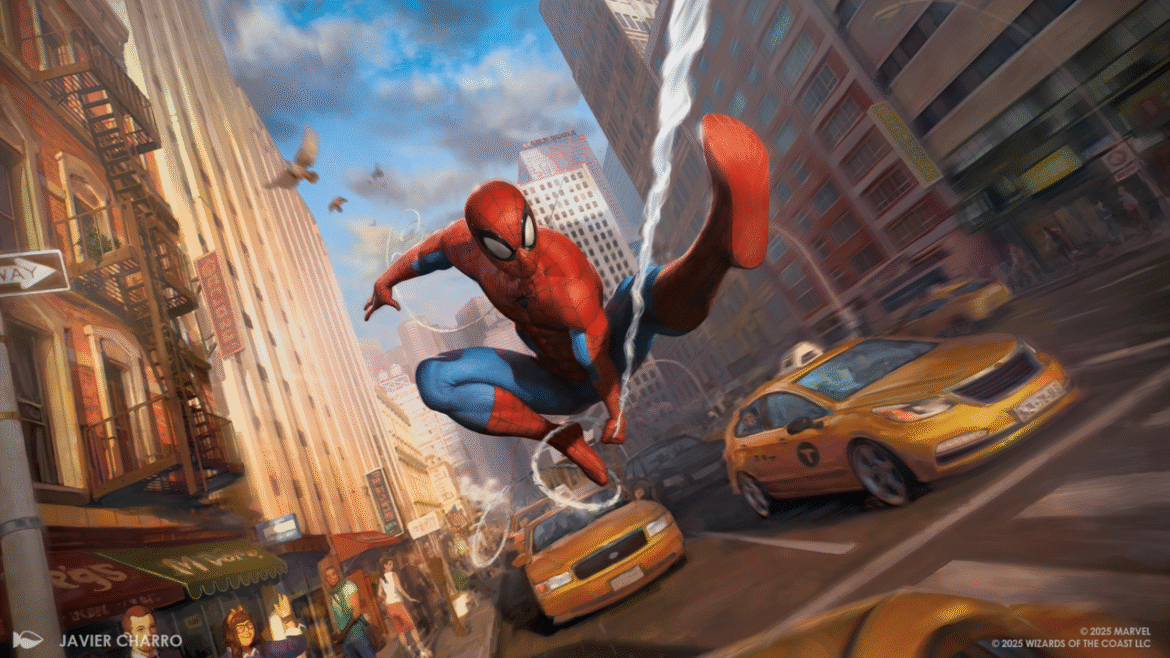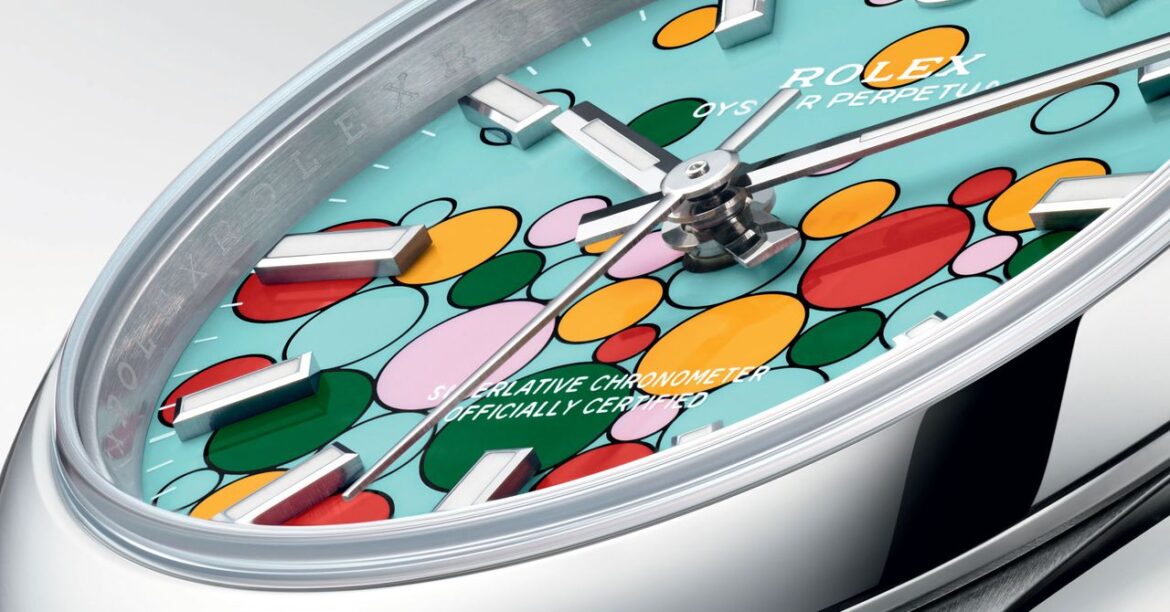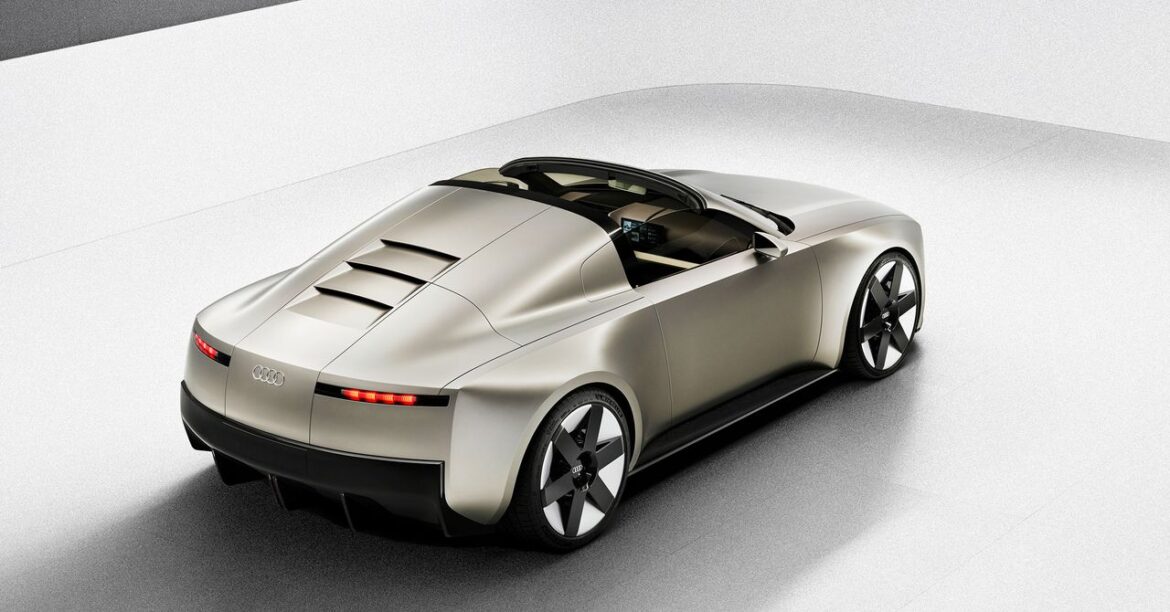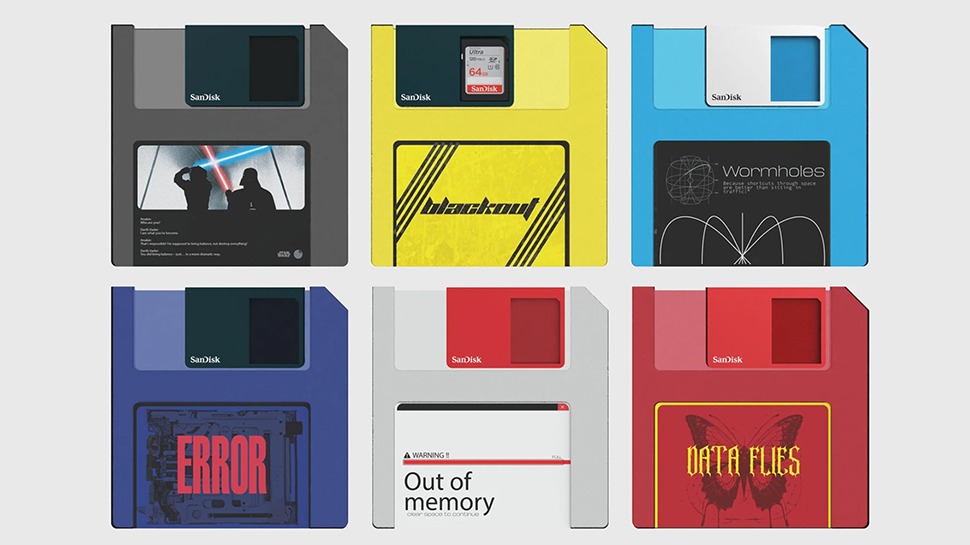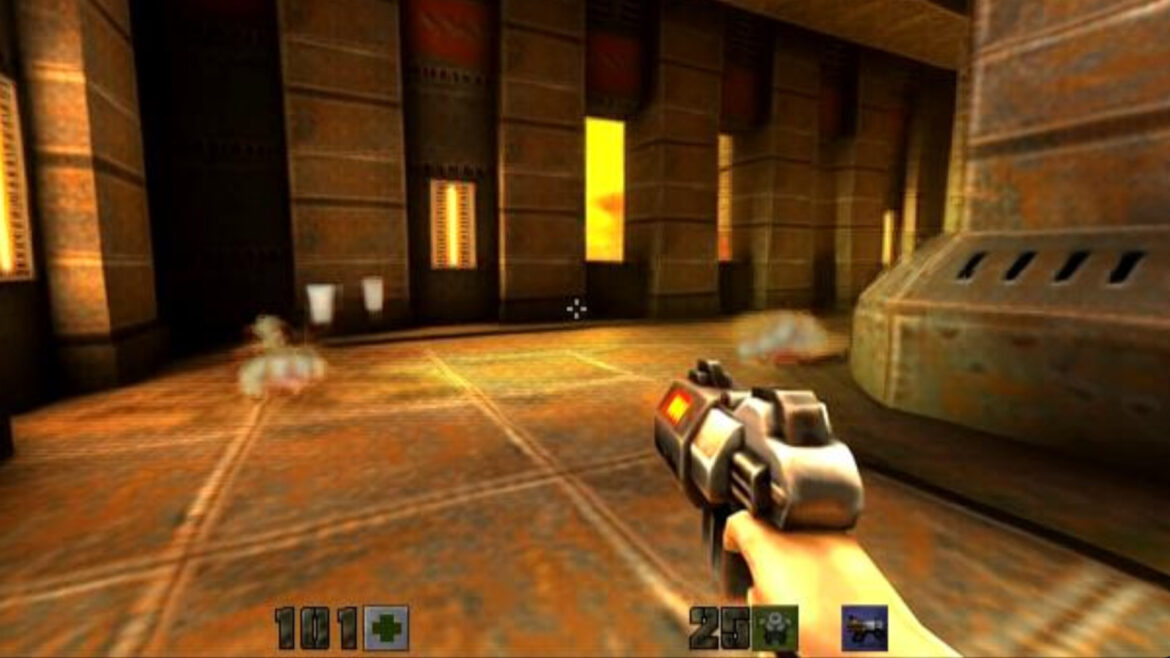September 28, 2025 — KICK, the world’s fastest-growing livestreaming platform, today debuted an all-new, maximalist-inspired design that embodies the unfiltered creativity that has propelled the platform to more than 1.5 billion Hours Watched this quarter, nearly triple last year’s number.
“At its core, KICK is about live human-generated content and interactivity, from every angle”, said Ryan Webb, Head of KICK Operations. “The new design captures the bold authenticity of KICK’s creator-first community, emphasizing real-time human connection and infinite content possibilities.”
The refreshed design will be on full display next month at the annual gaming and esports festival DreamHack Atlanta, where KICK is an official partner. Visitors will find a custom KICK booth, immersive gameplay experiences, and limited-edition merchandise.
“We want streamers to tap into their originality and pursue fearless self-expression,” said Webb. “KICK is the home of unrivalled creativity, and our maximalist design reflects that.”
The design refresh arrives on the heels of a surge in KICK growth. Some highlights:
- Over 75 million users, almost double the figure a year ago
- Hosted MrBeast’s charity event, raising $12 million for clean water and setting a Guinness World Record for a charity livestream
Since its launch three years ago, KICK has disrupted the livestreaming industry, tilting the landscape in favor of creators. Its equitable 95/5 subscription-revenue split and early adoption of multistreaming monetization have fueled its expansion and drawn some of the world’s most-watched streamers to the platform. They include Asmongold and NinaDrama of the U.S., Gaules of Brazil, and Korekore from Japan.
Share this article
The link has been copied!
Affiliate Links


